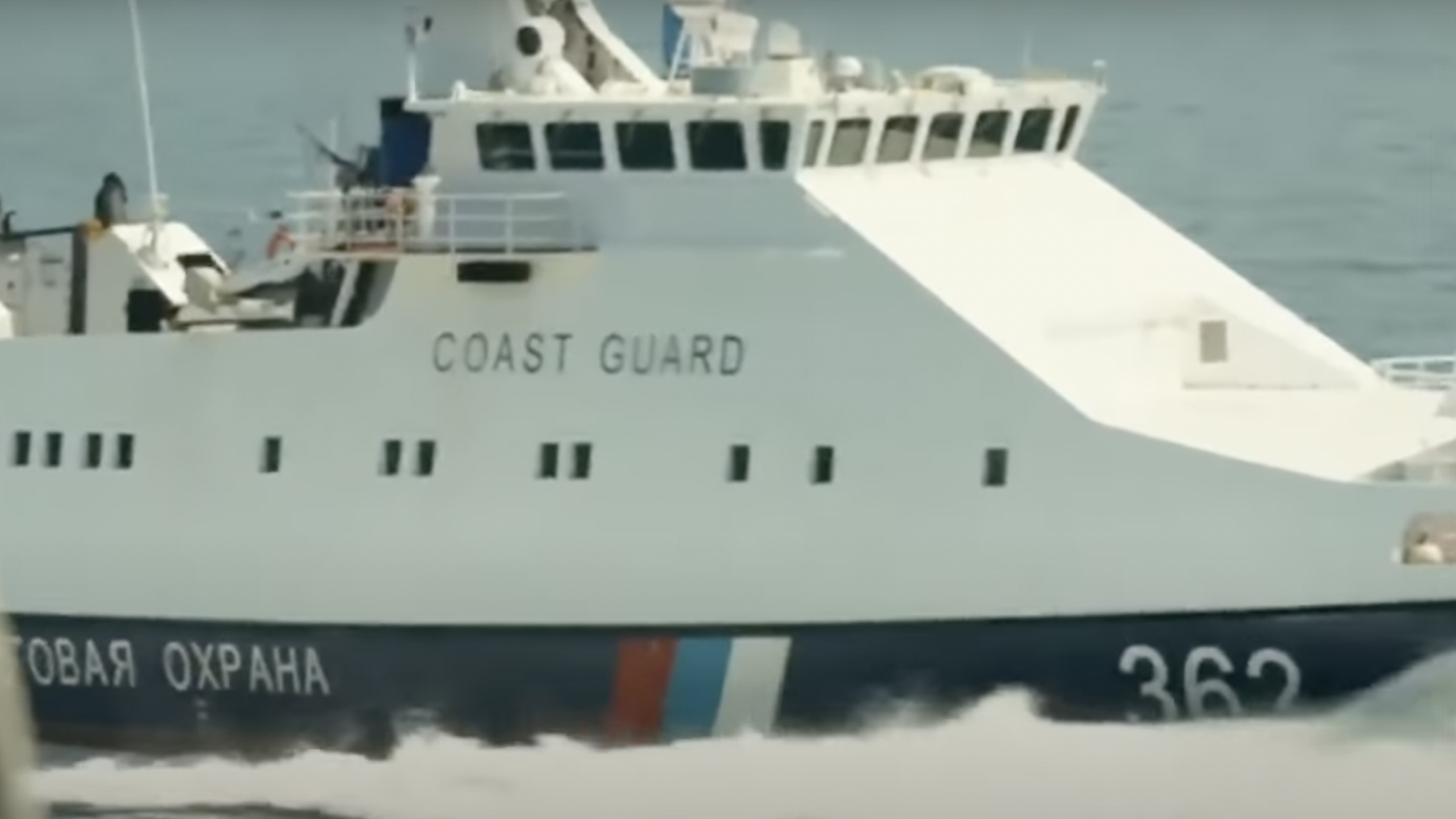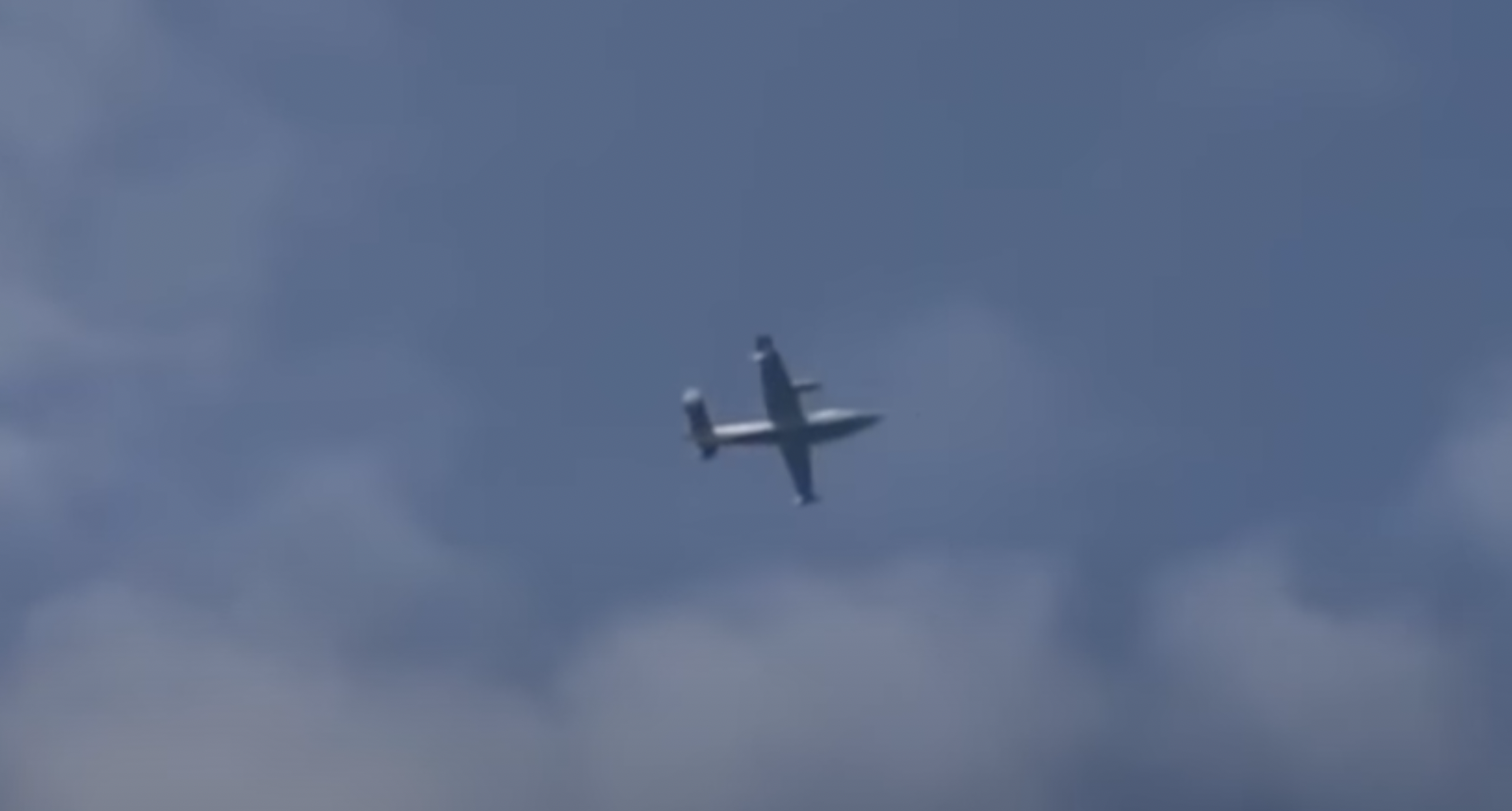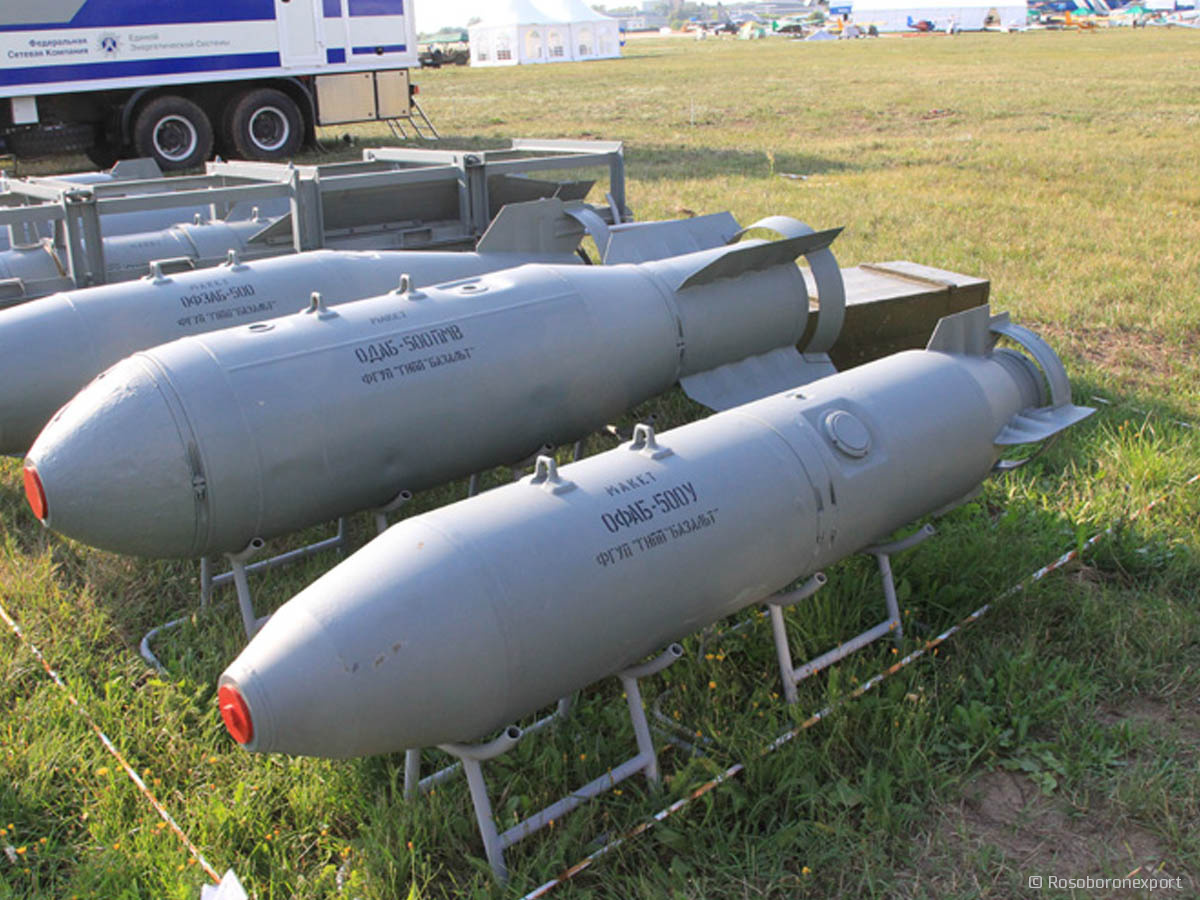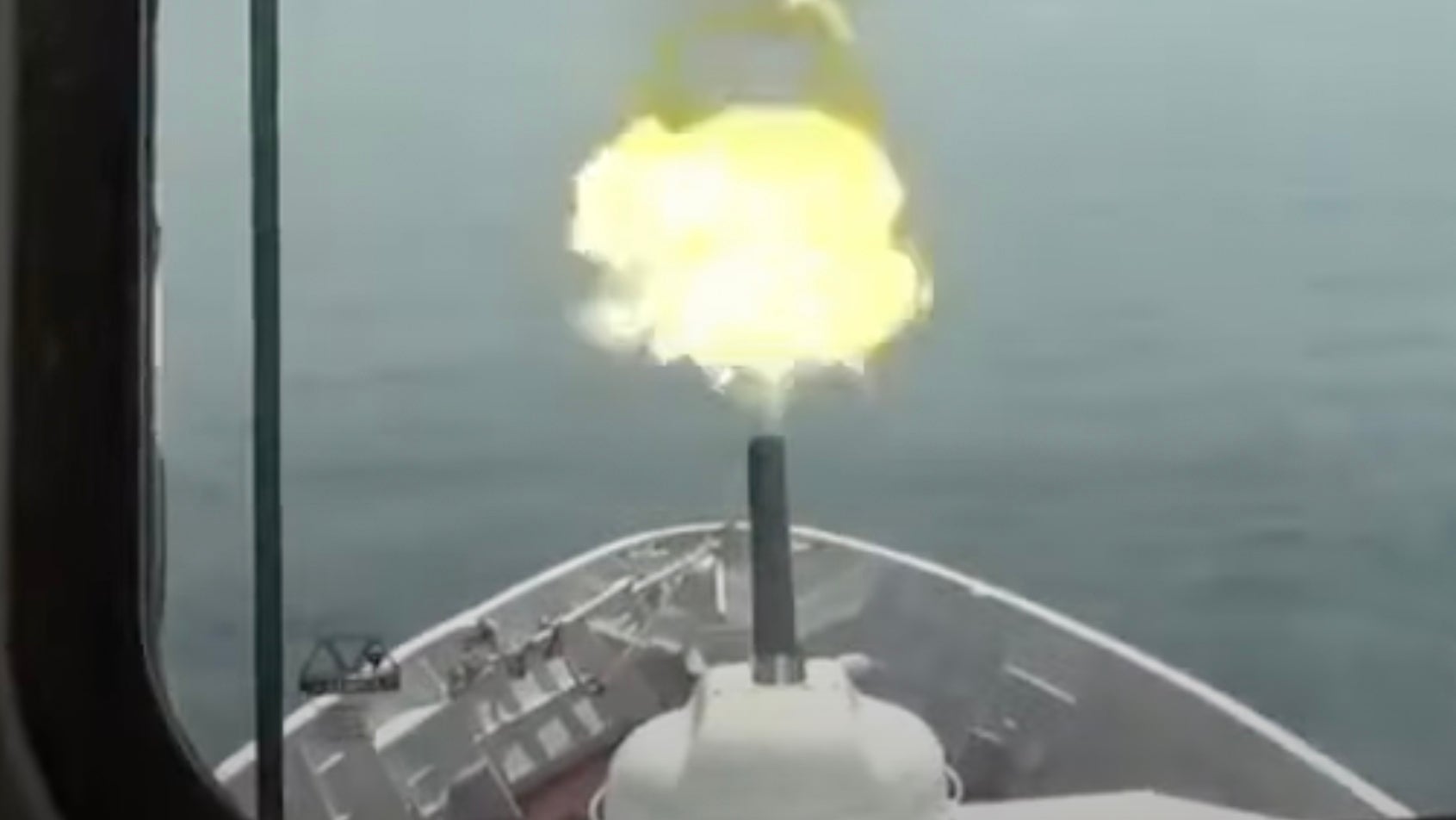The fallout from yesterday’s incident in the Black Sea involving the U.K. Royal Navy Type 45 destroyer HMS Defender and elements of Russia’s military and internal security forces has taken its next turn, with the release of a video showing some of the events from the perspective of a Russian Border Guard patrol ship. The footage clearly shows the Russian vessel opening fire, as the Kremlin had asserted, but it’s also obvious that Defender was so far away at the time that it may well not have been aware this were being directed at it, in line with what British authorities have said.
The video in question was published online by the Russian Ministry of Defense’s official television station, TV Zvezda, and the state-run media outlet RIA Novosti. It was taken from the bridge of a Russian Border Guard Rubin class patrol boat, one of those that purportedly “stopped” HMS Defender yesterday from sailing within what the Kremlin claims are its territorial waters around Crimea, which it seized from Ukraine in 2014. The United Kingdom, among many other members of the intentional community, does not recognize Russia’s authority over Crimea.

The video includes the discussions between the Russian Border Guards and the crew of the British destroyer, with repeated demands from the Russian security forces that HMS Defender leave the area. Two Border Guard vessels are seen trailing the destroyer, while Russian jets pass overhead, and at one point, one of the Russian vessels shadows the British warship closely — a BBC journalist’s account yesterday spoke of one of the Russian vessels getting as close as 100 meters (328 feet).

One of the Border Guards is heard to say that HMS Defender is breaking the rules of innocent passage, a part of international maritime law that allows warships to move through another country’s territorial waters so long as the transit meets various criteria, particularly that it is not intended to challenge the legitimacy of any such maritime boundaries.
After several more warnings, apparently ignored by the British, one of the crew members aboard the Border Guard vessel says, in Russian: “Perform precautionary fire! Perform precautionary fire! Avoid hit! Avoid hit! Fire!”
At that point, we see the AK-630 six-barrel 30mm Gatling gun on the bow of the Border Guard vessel opening fire with several bursts, although at this point the British destroyer is seen on the horizon. Interestingly, in the BBC News report, it’s confirmed that shots were fired by the Russian side, “but they were well out of range.”

After the shots, HMS Defender confirms that it will continue to follow its internationally recognized route into international waters. This suggests that the warship continued its planned passage and the available maritime tracking data doesn’t show it making any obvious changes in course.
The available tracks are also consistent with official British accounts that the destroyer was sailing around 12 miles off the coast of Crimea. While Russia considered this to be “a flagrant violation of international norms and standards,” in the words of Sergei Tsekov, a Russian senator from the Crimea region, for the British, this amounted to “a routine transit [in] an internationally recognized traffic separation corridor,” according to the U.K. Minister of Defense Ben Wallace.
Furthermore, since, as already noted, the United Kingdom does not recognize Russia’s claims over Crimea, the waters in question are considered Ukrainian from the British government’s perspective.

All in all, the video shows that Russia did at least go through the motions of taking some aggressive action, but doesn’t provide conclusive evidence that this was sufficient to actually force HMS Defender out of waters that it claims as its own.
While it’s clear that some kind of warning shots were fired, it’s also plausible that the British may not have realized what these were, and instead connected them to training exercises that were already happening in the vicinity. At least, the British would have been aware of the threat of warning shots, but their response may have been intended to deliberately provoke the Russians.
“We believe the Russians were undertaking a gunnery exercise in the Black Sea and provided the maritime community with prior warning of their activity,” the U.K. Ministry of Defense tweeted yesterday. “No shots were directed at HMS Defender and we do not recognize the claim that bombs were dropped in her path.”
Those bombs were, according to Russian accounts, dropped across the path of the destroyer by a Su-24M Fencer combat jet, to provide an additional warning to the British warship. So far, we have seen no evidence of the bombs actually being dropped, although video from a BBC News report yesterday does at least show a Su-24M in the vicinity seemingly carrying high-explosive bombs. The BBC also reported that the crew of the Defender was aware of the presence of at least 20 Russian military aircraft flying the area over the course of the incident.


All in all, it seems that this latest footage released by Russia is intended to bolster its account of what happened yesterday, which is based around its military and security forces taking strong action to ward off HMS Defender from what it deemed a territorial violation. Since the incident yesterday, Russian news outlet Kommersant has also published a map showing areas around Crimea that were reportedly temporarily closed for military drills, one of which HMS Defender apparently passed through.
While the British side has not mentioned these apparent restrictions, or whether it was aware of them, it was seemingly entirely deliberate in choosing this particular route for its warship and would have known that it would trigger a response of some kind from Russia. For the British, however, the importance of this incident was in demonstrating its right to innocent passage using a route through internationally recognized waters, while signaling its resolve to its partner Ukraine.
With the largest-ever Sea Breeze exercise due to start next Monday, there is every indication that tensions around Crimea and in the wider Black Sea region will only increase in the coming days, as 32 warships, plus dozens of aircraft, enter these region to commence U.S. Navy-led drills under the watchful eyes of the Russians.
As for the warning shots yesterday, while their effectiveness must be considered debatable at best, the fact that such belligerent actions are now being taken confirms the very differing views that Russia and NATO have when it comes to the movements of naval vessels and aircraft in the Black Sea region.
Contact the author: thomas@thedrive.com
